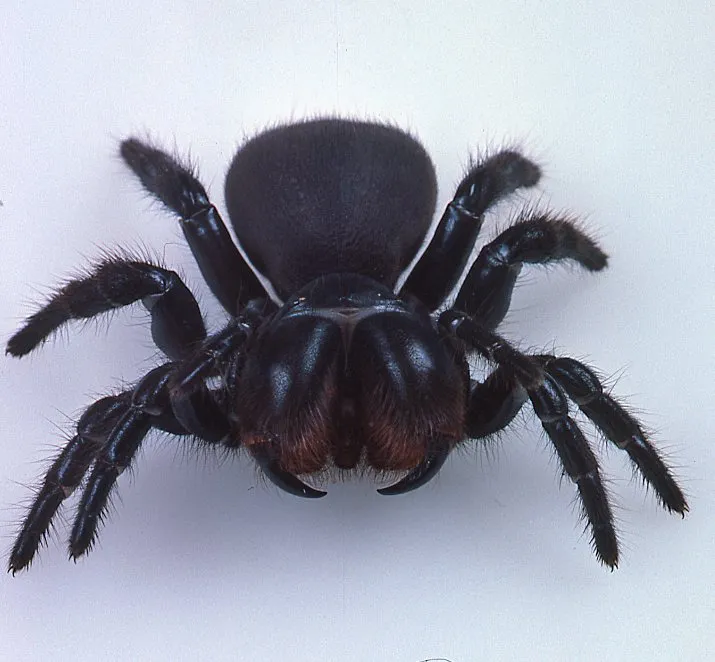Feeding your tarantula is a crucial part of responsible pet ownership. Providing the correct food in the right way ensures your eight-legged friend thrives. While many tarantula keepers opt for insects, the occasional mouse can provide valuable nutrients and enrichment. This guide details how to feed your tarantula a mouse safely and effectively, from choosing the right prey to post-feeding care. Remember that feeding a mouse to your tarantula is an advanced feeding method and should be undertaken with a clear understanding of the risks involved and with the utmost care for both the tarantula and the mouse.
What You Need to Feed Your Tarantula
Before you even think about feeding your tarantula a mouse, you need to ensure you have the right setup and supplies. This involves more than just acquiring a mouse and dropping it into the enclosure. You must consider the size of the mouse, the condition it’s in (frozen or live), and how you’ll handle it. You should also think about where you purchase the mouse from to ensure the mouse has not been contaminated by parasites or harmful substances. Having the right tools and knowledge ensures a smooth, safe, and stress-free feeding experience for both you and your tarantula. Always prioritize the well-being of your pet by preparing thoroughly.
Choosing the Right Mouse for Your Tarantula
Selecting the right mouse is paramount. A poorly chosen mouse can be too large for your tarantula, leading to stress or injury for the spider. Conversely, a mouse that’s too small won’t provide enough nutritional value. It is crucial to consider both the size of the mouse relative to your tarantula and the type of mouse you intend to feed your tarantula, whether it’s frozen or live. Frozen mice are often a safer and more convenient option, while live mice provide a more natural feeding experience, but with added risks.
Mouse Size and Tarantula Size Matching
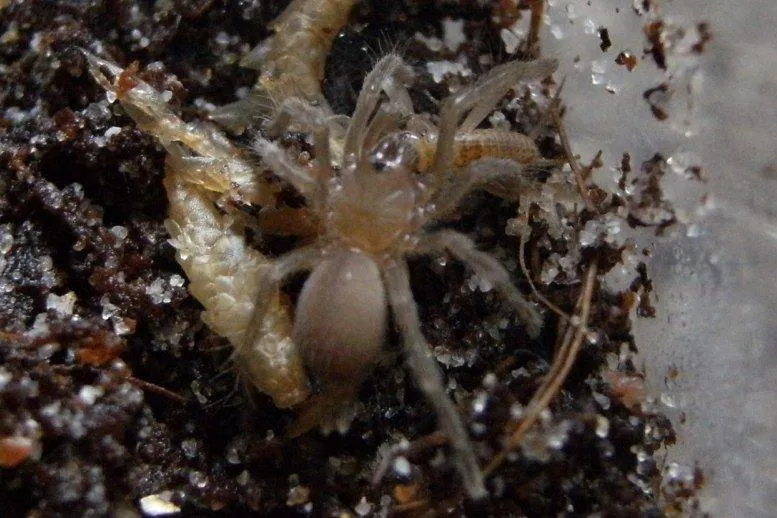
The general rule of thumb is to choose a mouse that is no larger than your tarantula’s body (excluding legs). Ideally, the mouse should be about the same size or slightly smaller. For example, a tarantula with a 4-inch body length could comfortably consume a small or medium mouse. Overfeeding, especially with a mouse too large, can cause the tarantula to regurgitate its meal or become stressed. It’s always better to err on the side of caution and select a mouse that is slightly smaller rather than taking the risk of offering a mouse too large for your tarantula.
Frozen vs. Live Mice Considerations
The choice between frozen and live mice is a significant one, and there are pros and cons to both. Frozen mice are readily available, easy to store, and eliminate the risk of injury to your tarantula from a live mouse. However, they require careful thawing to ensure they are safe to feed. Live mice offer a more natural feeding experience, stimulating the tarantula’s hunting instincts. But, live mice can injure or even kill your tarantula, particularly if the spider is molting or otherwise vulnerable. The welfare of both the tarantula and the mouse needs to be considered, and the method you choose needs to match your experience level.
Preparing the Mouse for Feeding
Proper preparation is key to a safe and successful feeding. Whether you’re using frozen or live mice, there are important steps to follow. Handling the mouse correctly is also essential. Remember that both frozen and live mice can carry pathogens, so always use gloves and wash your hands thoroughly after handling them. The goal is to minimize the risk of contamination and provide your tarantula with a nutritious, hazard-free meal. Always prioritize the health and safety of your tarantula and yourself.
Thawing Frozen Mice Safely
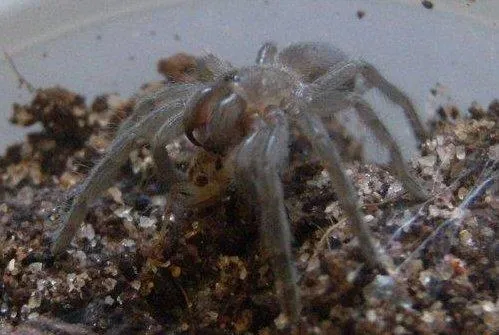
If you opt for frozen mice, thawing them correctly is crucial. Never thaw a mouse at room temperature, as this allows bacteria to multiply rapidly. Instead, place the frozen mouse in the refrigerator overnight. This slow thawing process is the safest. Alternatively, you can thaw the mouse in a sealed bag in cold water. Ensure the mouse is completely thawed before offering it to your tarantula. Always check for any signs of spoilage, such as an unpleasant odor. Proper thawing techniques ensure the mouse is safe and appealing to your pet.
Handling Live Mice Responsibly
If you choose to feed live mice, handle them with care. Always wear gloves to prevent potential scratches or bites and to maintain hygiene. When introducing a live mouse to the enclosure, monitor the situation closely. Never leave the mouse unattended with the tarantula for an extended period. Be prepared to remove the mouse if the tarantula doesn’t show immediate interest, especially if the spider is close to molting. Ethical considerations about the mouse’s well-being are also important, and you should ensure the mouse is treated humanely.
The Tarantula Feeding Process
The actual feeding process involves introducing the mouse to the tarantula’s enclosure and observing the spider’s behavior. This phase requires patience and attentiveness. It’s important to understand how your tarantula typically behaves when feeding, as each spider has its own habits. The goal is to provide the mouse in a way that’s safe for both your tarantula and yourself, and to ensure the tarantula can successfully hunt and consume its meal.
Introducing the Mouse to the Tarantula
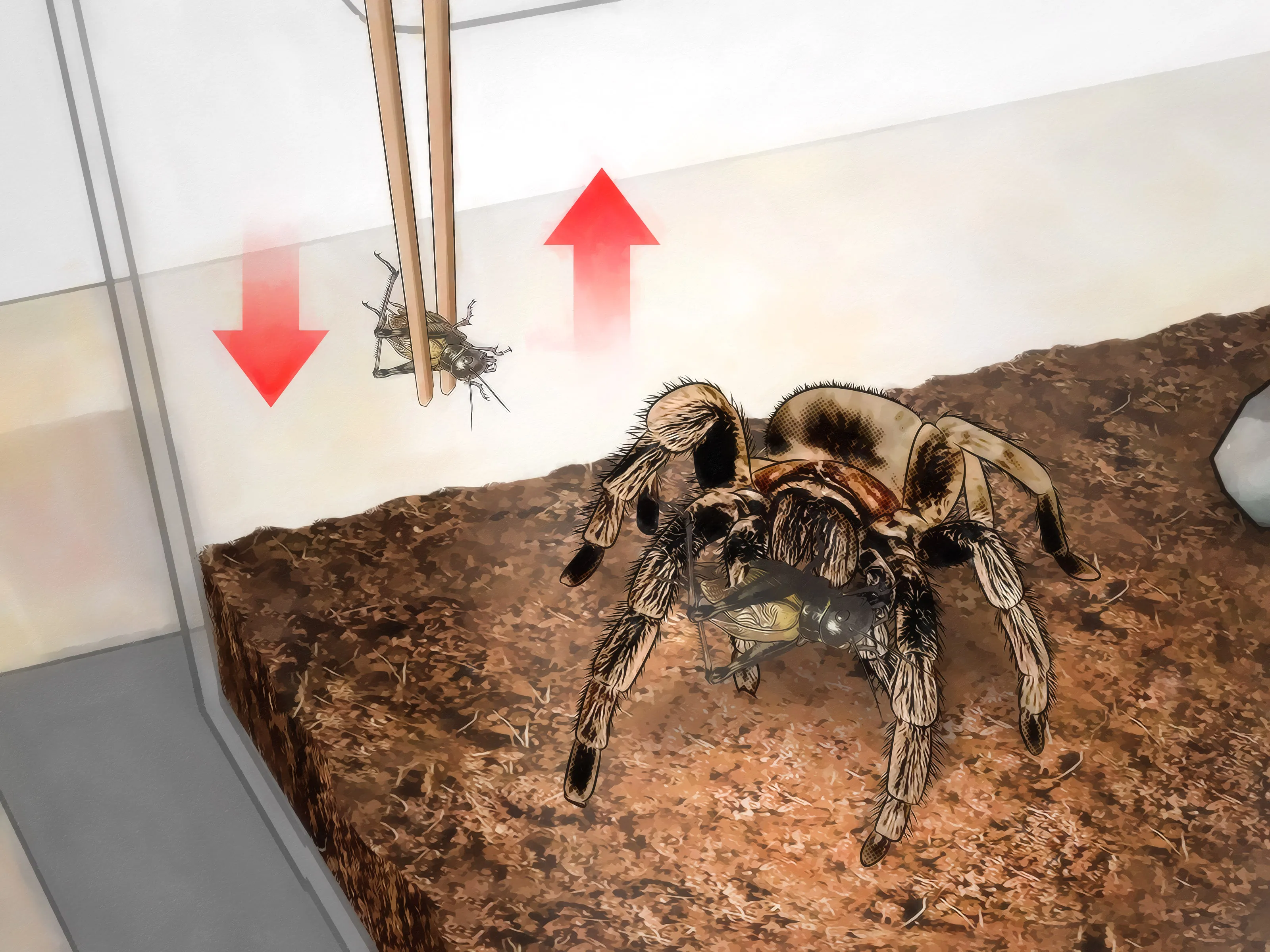
Carefully introduce the thawed mouse or live mouse into the tarantula’s enclosure. For frozen mice, use tongs to position the mouse near the tarantula, avoiding sudden movements that could startle the spider. If using a live mouse, gently place it into the enclosure. Monitor the situation to see if the tarantula is interested. If the tarantula is molting or not in a feeding mood, it might ignore the mouse. Never leave a live mouse unattended in the enclosure for extended periods, especially if the tarantula shows no interest. It’s important to introduce the mouse in a way that is safe for your tarantula.
Monitoring the Tarantula’s Feeding Behavior
Observe your tarantula’s feeding behavior. A healthy tarantula will typically pounce on the mouse, quickly subduing it with its fangs. The spider will then inject venom to immobilize the mouse. The tarantula will then begin to feed, often starting with the soft tissues. Be patient and let nature take its course. Do not interfere unless necessary. Monitor the feeding process from a safe distance, avoiding any actions that could stress or disturb the tarantula.
What to Do If Your Tarantula Doesn’t Eat
Sometimes, tarantulas may refuse to eat, and there could be several reasons. If your tarantula doesn’t show interest in the mouse, remove it after 24 hours. Common causes for refusal include being in pre-molt, stress, or environmental changes. Ensure the enclosure conditions are correct – proper temperature, humidity, and hiding places. If the tarantula consistently refuses to eat, consult with an experienced tarantula keeper or a veterinarian specializing in exotic pets. Avoid offering food too frequently, as this can lead to the spider becoming obese and, in turn, can cause health problems.
Post-Feeding Care for Your Tarantula
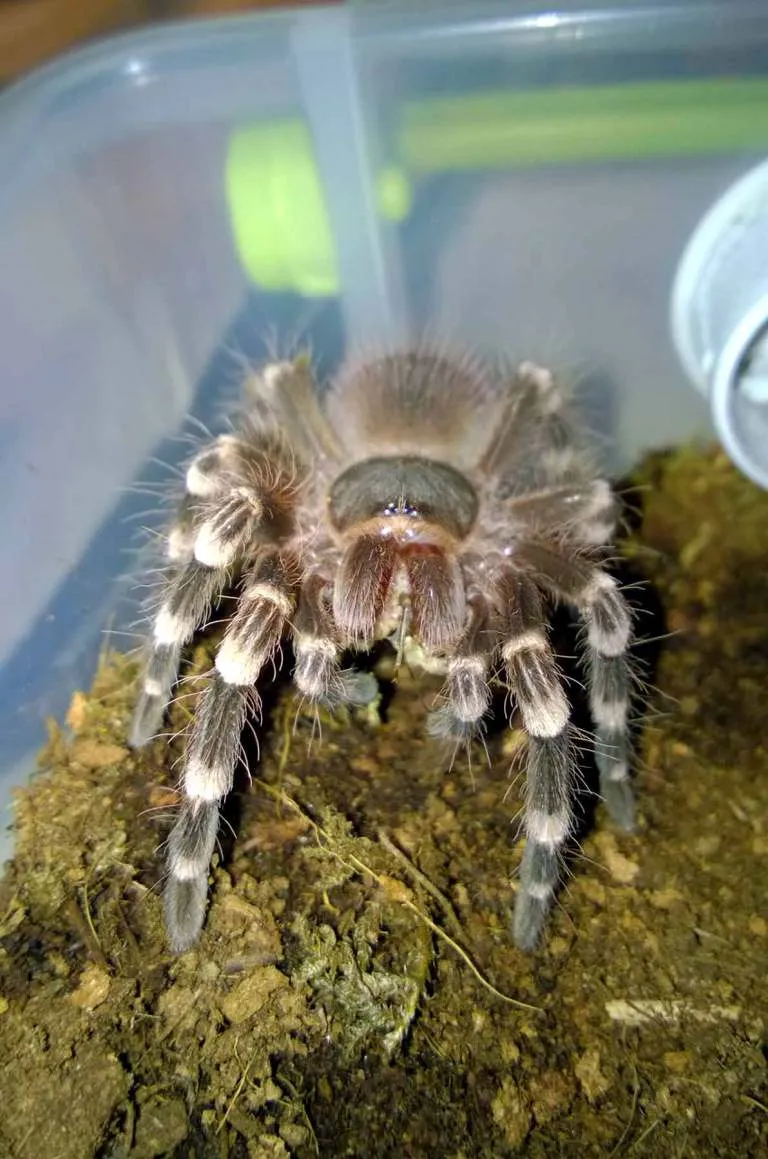
After the tarantula has finished eating, there are a few things you need to do. These steps are essential to maintaining a healthy and clean environment for your pet. Proper post-feeding care helps prevent disease and supports the overall well-being of your tarantula.
Removing Uneaten Mouse Remains
If your tarantula does not consume the entire mouse, it’s crucial to remove the remaining carcass. Uneaten mouse remains can decompose, attracting pests and potentially causing health issues for your tarantula. Use tongs to carefully remove the remains and discard them properly. Regularly inspect the enclosure for any leftovers. Maintaining a clean environment is essential for preventing diseases and supporting the health of your pet.
Maintaining a Clean Tarantula Habitat
Regular cleaning of your tarantula’s enclosure is essential to maintain a healthy habitat. Remove any uneaten food, shed exoskeletons, and waste. Change the substrate as needed to keep it fresh and clean. Ensure the enclosure is properly ventilated to prevent the buildup of mold and bacteria. A clean habitat reduces the risk of disease and supports the overall well-being of your tarantula. Regularly inspect and clean the enclosure to keep your tarantula healthy and happy.
Nutritional Benefits of Mouse Feeding
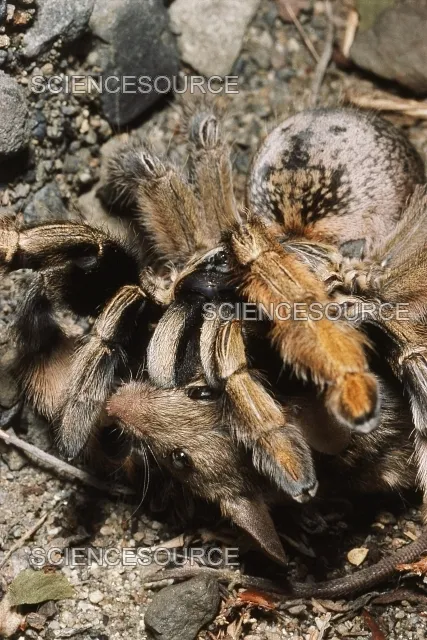
Feeding mice to tarantulas can provide a range of nutritional benefits. It is essential to understand the nutritional benefits of mouse feeding to determine how this feeding method can supplement your tarantula’s diet and promote its health. While insects are the staple food for tarantulas, mice offer different nutrients that contribute to the spider’s overall health.
Understanding Tarantula Dietary Needs
Tarantulas require a balanced diet to thrive. They need protein, fats, and various vitamins and minerals. Insects typically provide a good source of these nutrients, but mice can offer additional benefits. Mice provide a higher protein content and can be a good source of certain vitamins and minerals that might be lacking in a primarily insect-based diet. A varied diet supports overall health and can help your tarantula grow and develop properly.
Balancing Mouse Feeding with Other Foods
While mice can be beneficial, they should not be the sole component of your tarantula’s diet. Insects, such as crickets, roaches, or mealworms, should still be offered regularly. The frequency of mouse feedings should be adjusted based on the tarantula’s species, age, and size. Overfeeding mice can lead to obesity and other health problems. Consult with an experienced keeper or a veterinarian specializing in exotic pets to determine the appropriate feeding schedule for your tarantula, balancing the benefits of mice with the need for a varied and balanced diet.
Feeding your tarantula a mouse can be a rewarding experience, but it requires careful planning, preparation, and observation. By following this guide, you can provide a nutritious and stimulating meal for your tarantula while ensuring its safety and well-being. Always prioritize your tarantula’s health and safety, and don’t hesitate to seek expert advice when needed. With the proper knowledge and care, you can create a healthy and enriching environment for your fascinating arachnid friend.
